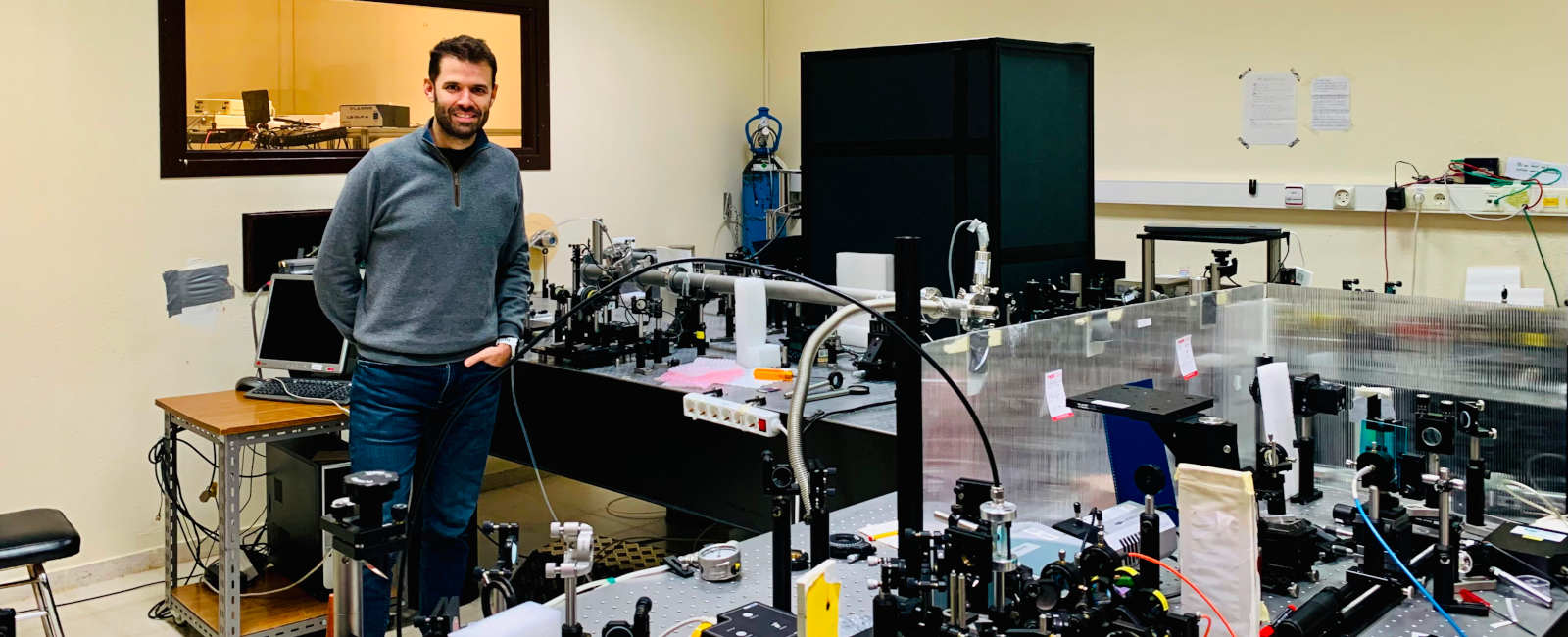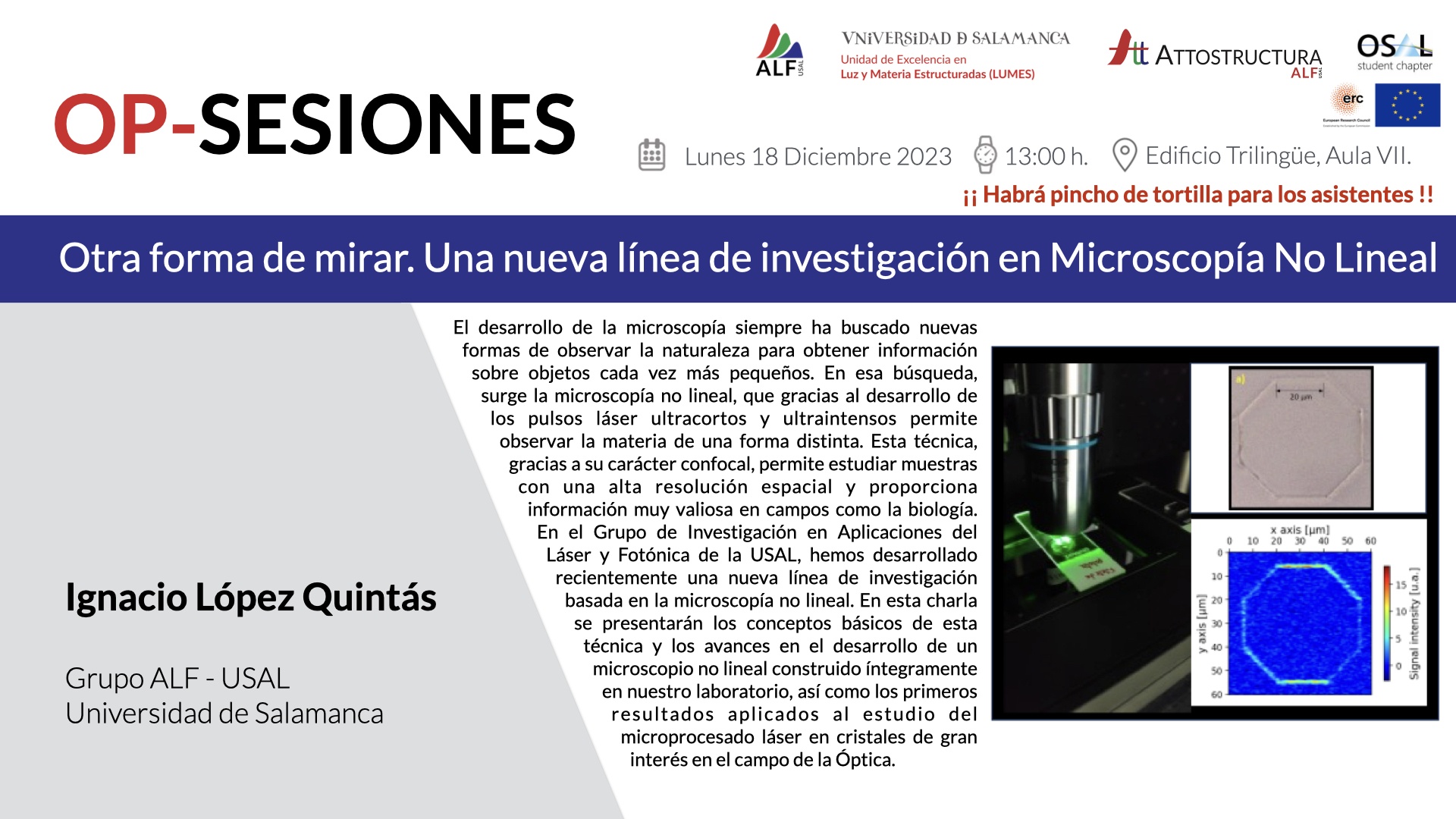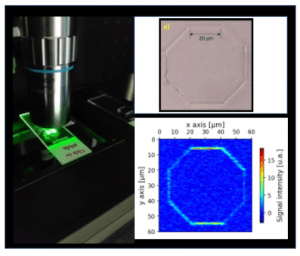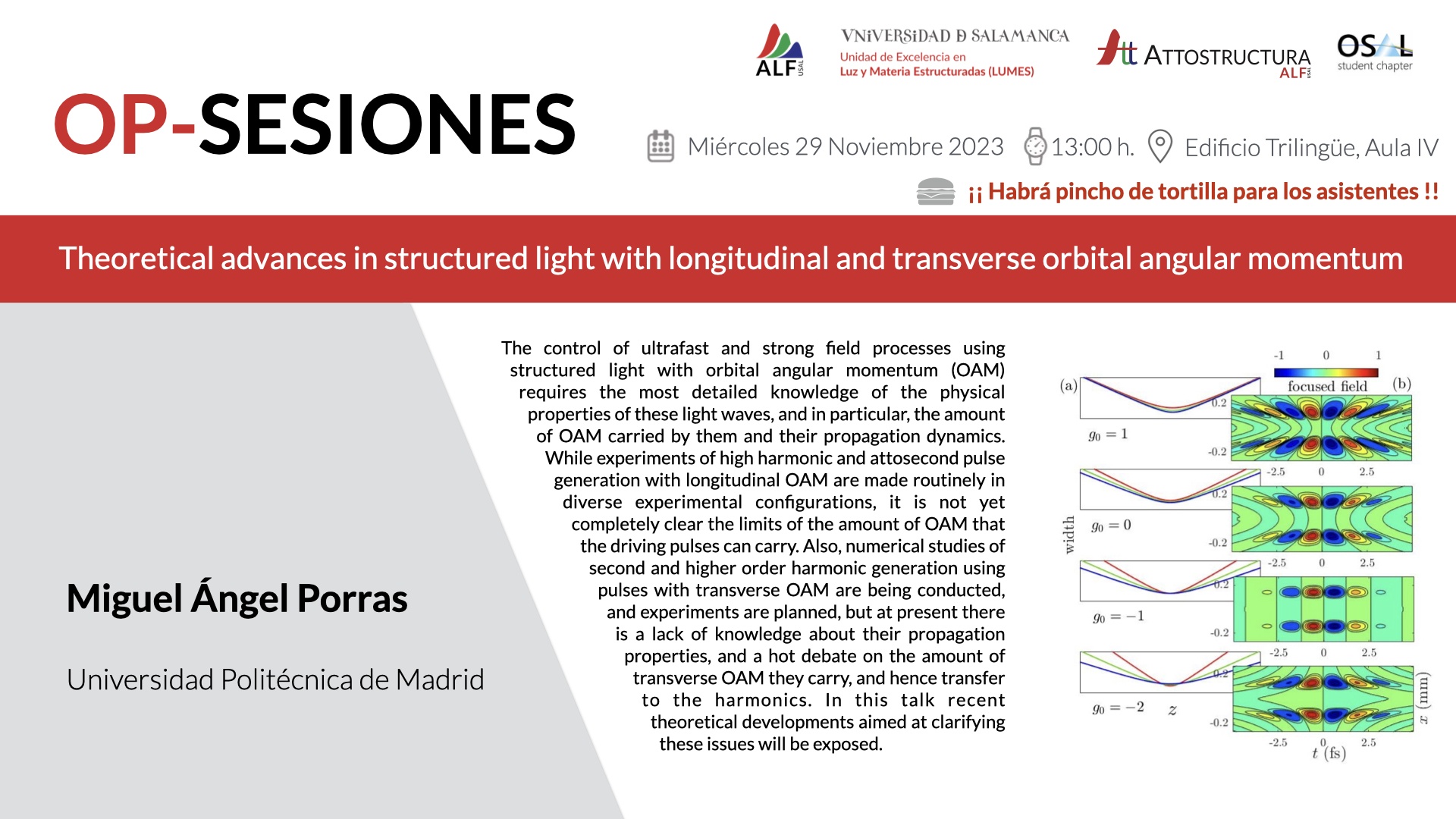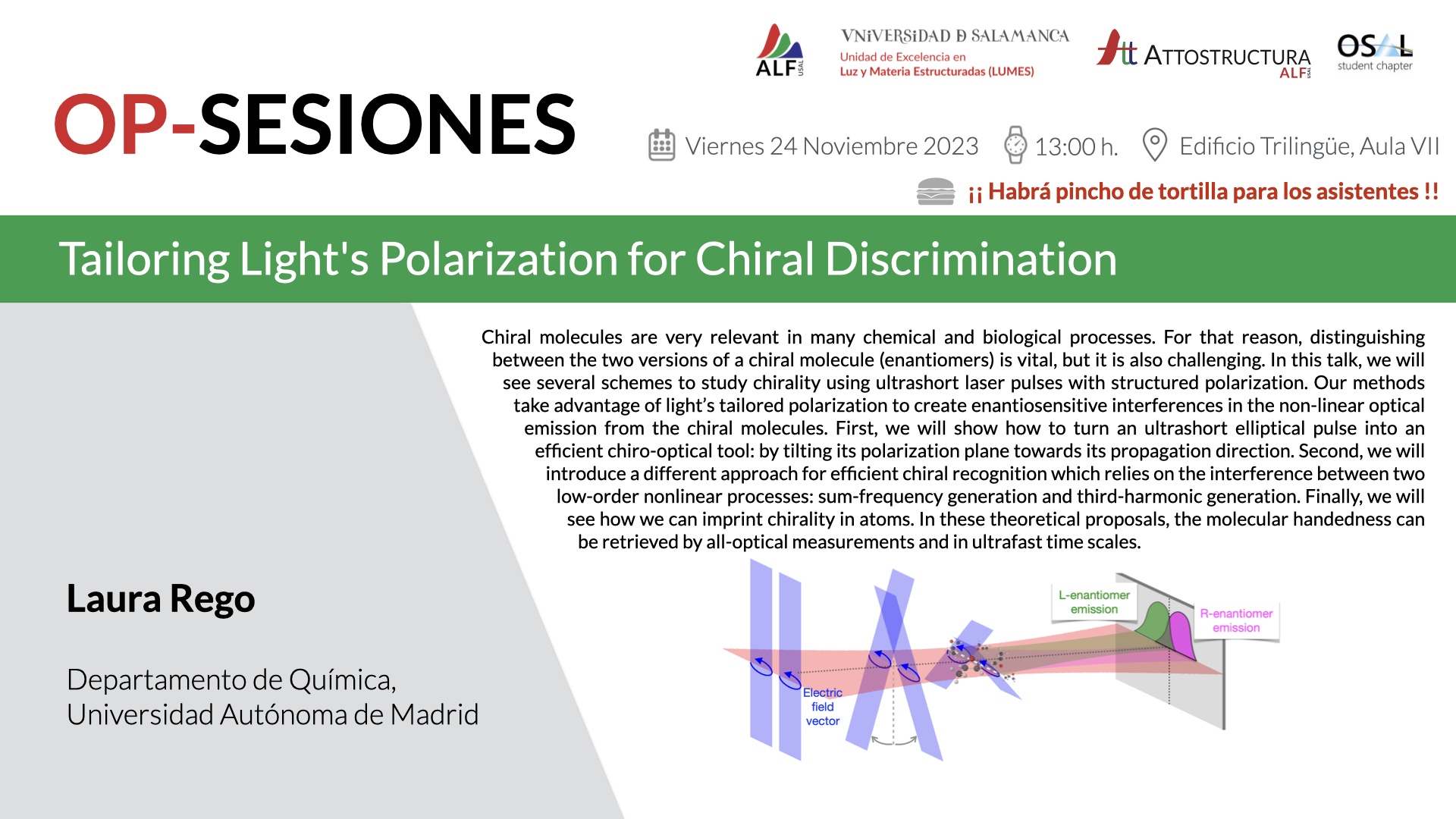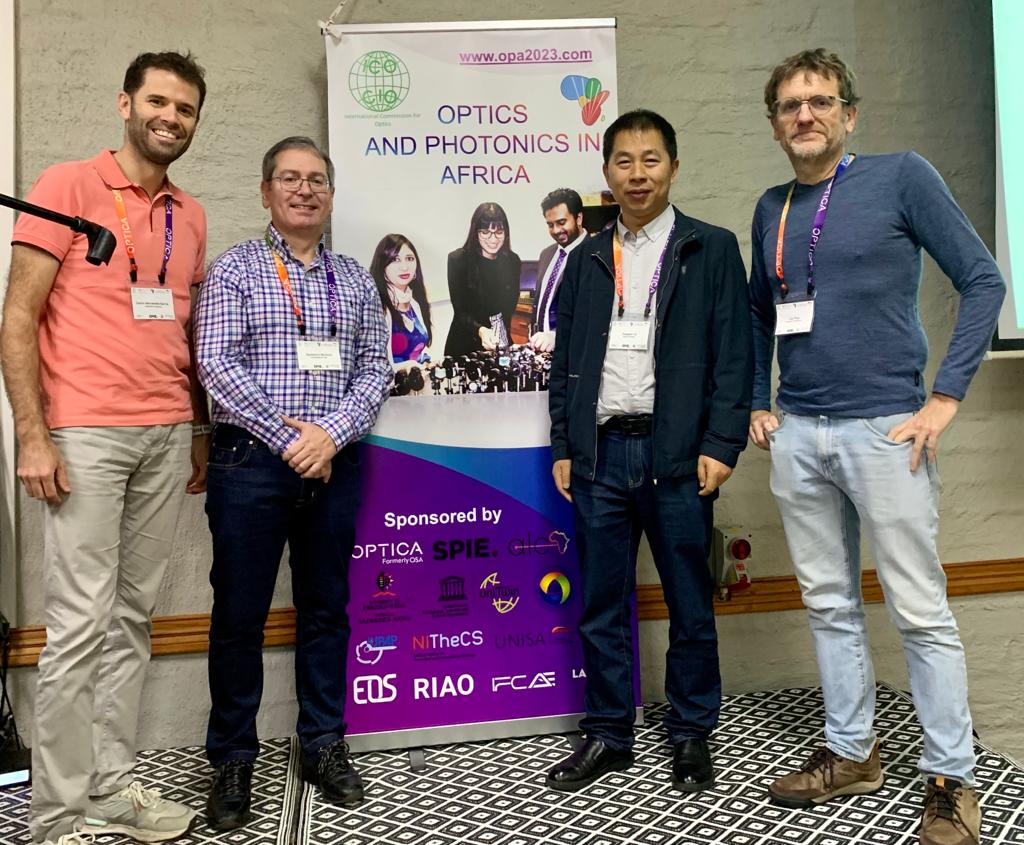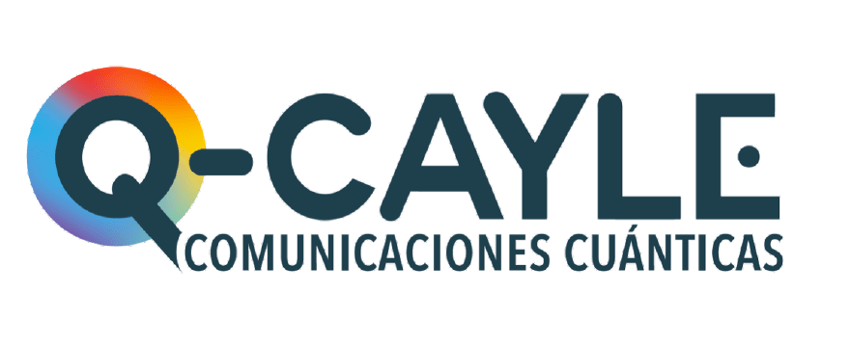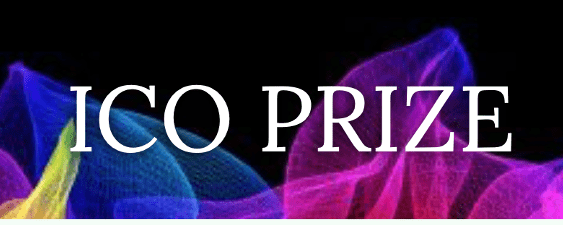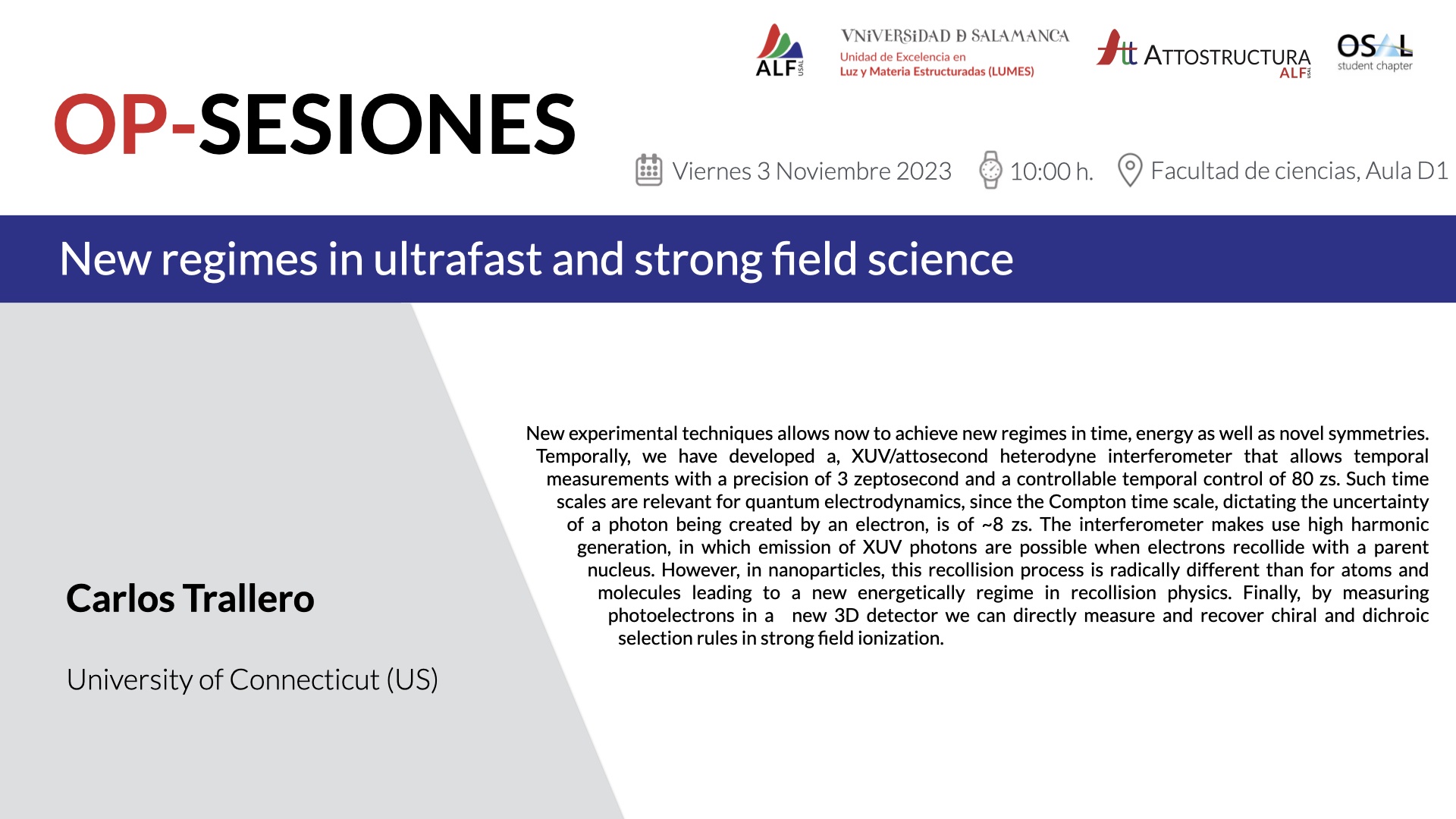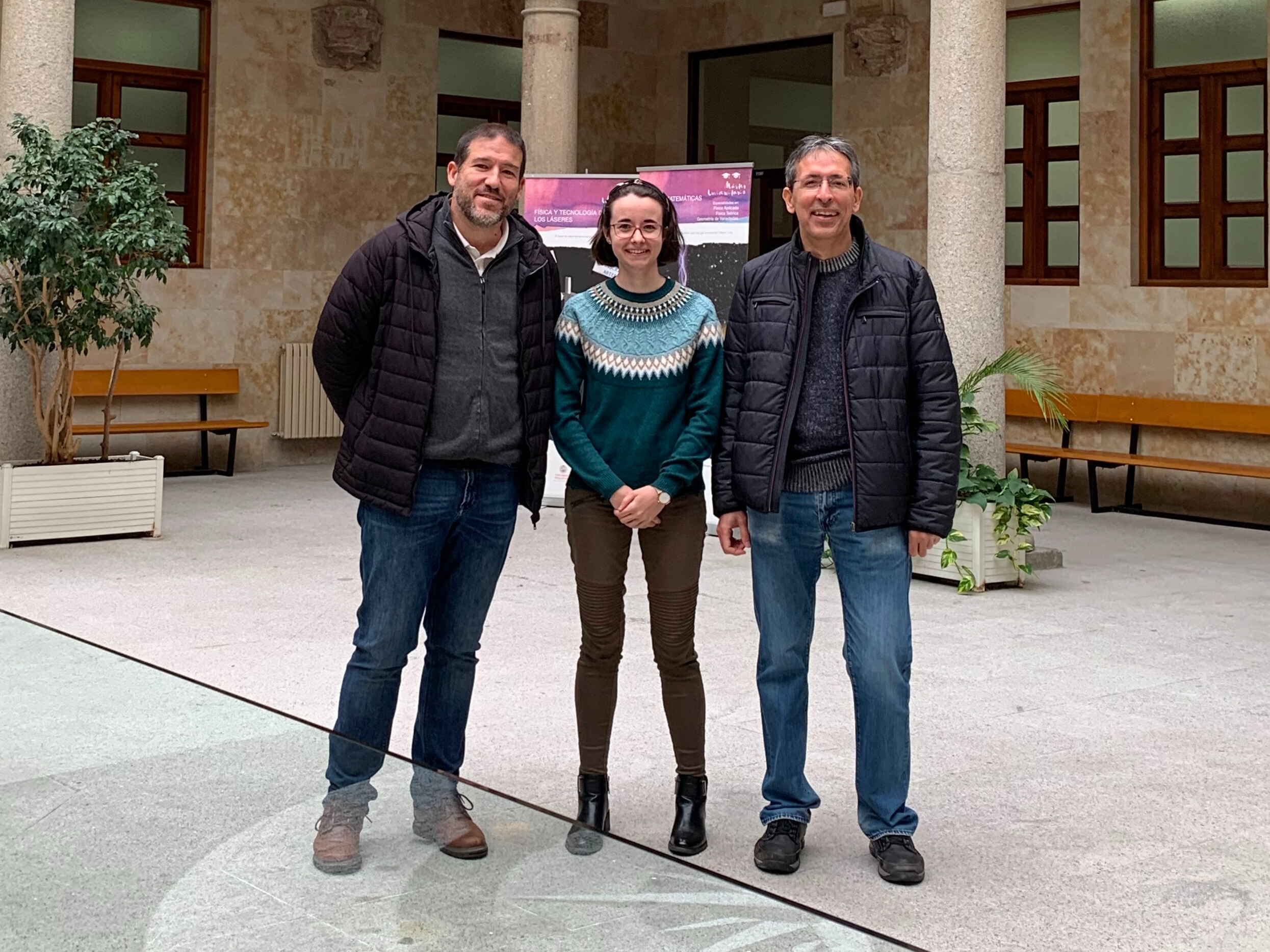In the last decades, a growing interest has been developed around the possibility of manipulating the magnetic properties of matter at the nanoscale, with the paramount objective of obtaining high-density, ultrafast, and low-power memories. Since the ’90s, the control, and namely the demagnetization of magnetic samples using femtosecond laser pulses has been widely studied. However, the thermal effects strongly limit the demagnetization characteristical times, imposing significant restrictions to obtain the desired dynamics.
Recently, we have studied the possibility of inducing magnetization switching using exclusively circularly polarized magnetic fields. This approach relies on developing a nonlinear magnetization dynamic induced by the circularly polarized magnetic field, avoiding the thermal imposed restrictions, and paving the way to excite ultrafast dynamics in the sub-femtosecond regime.
Crafting a circularly polarized magnetic field is a daunting challenge, although it is nowadays feasible with the wide variety of structured beams. Specifically, thanks to the azimuthally polarized vector beams, we can obtain locally isolated magnetic fields. These intriguing beams have a ring-type intensity structure, with a zero intensity in the central area of the electric field distribution. Surprisingly, in analogy with a current coil, they present an isolated, longitudinally polarized magnetic field in the region where the electric field goes to zero. Using two non-collinear, correctly dephased, azimuthally polarized vector beams, a circularly polarized magnetic field is constructed in the crossing region, where these exotic nonlinear ultrafast dynamics take place.
Once more, structured light demonstrates its vast versatility to study and manipulate a wide range of physical processes in a large spectrum of areas in physics
